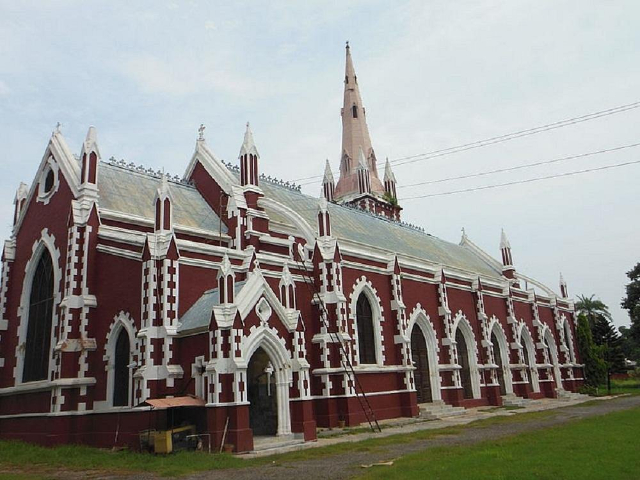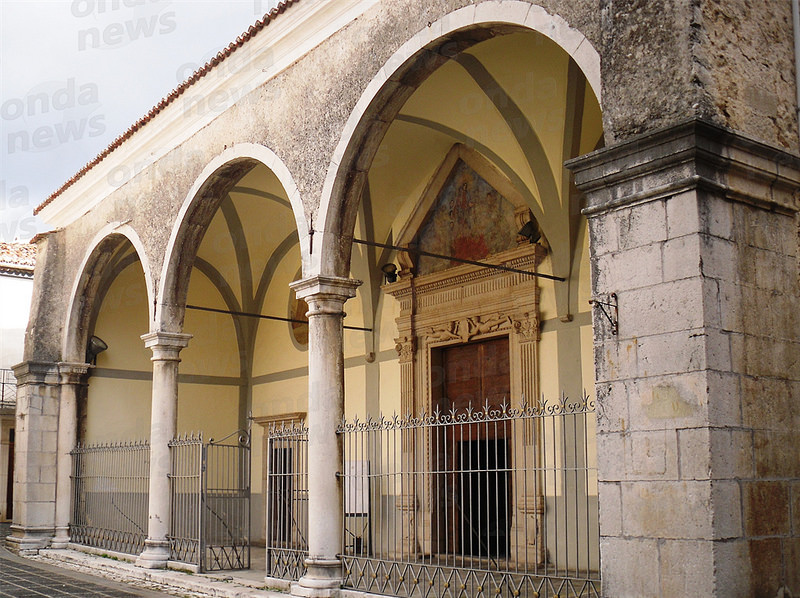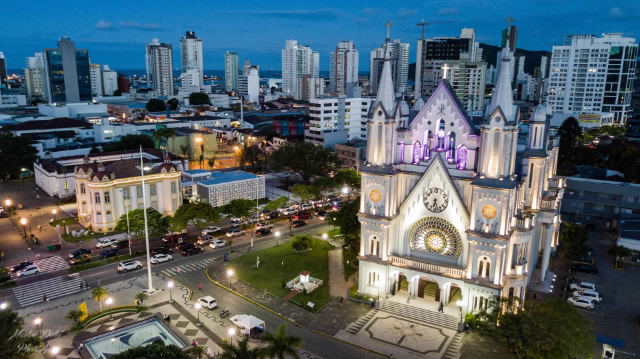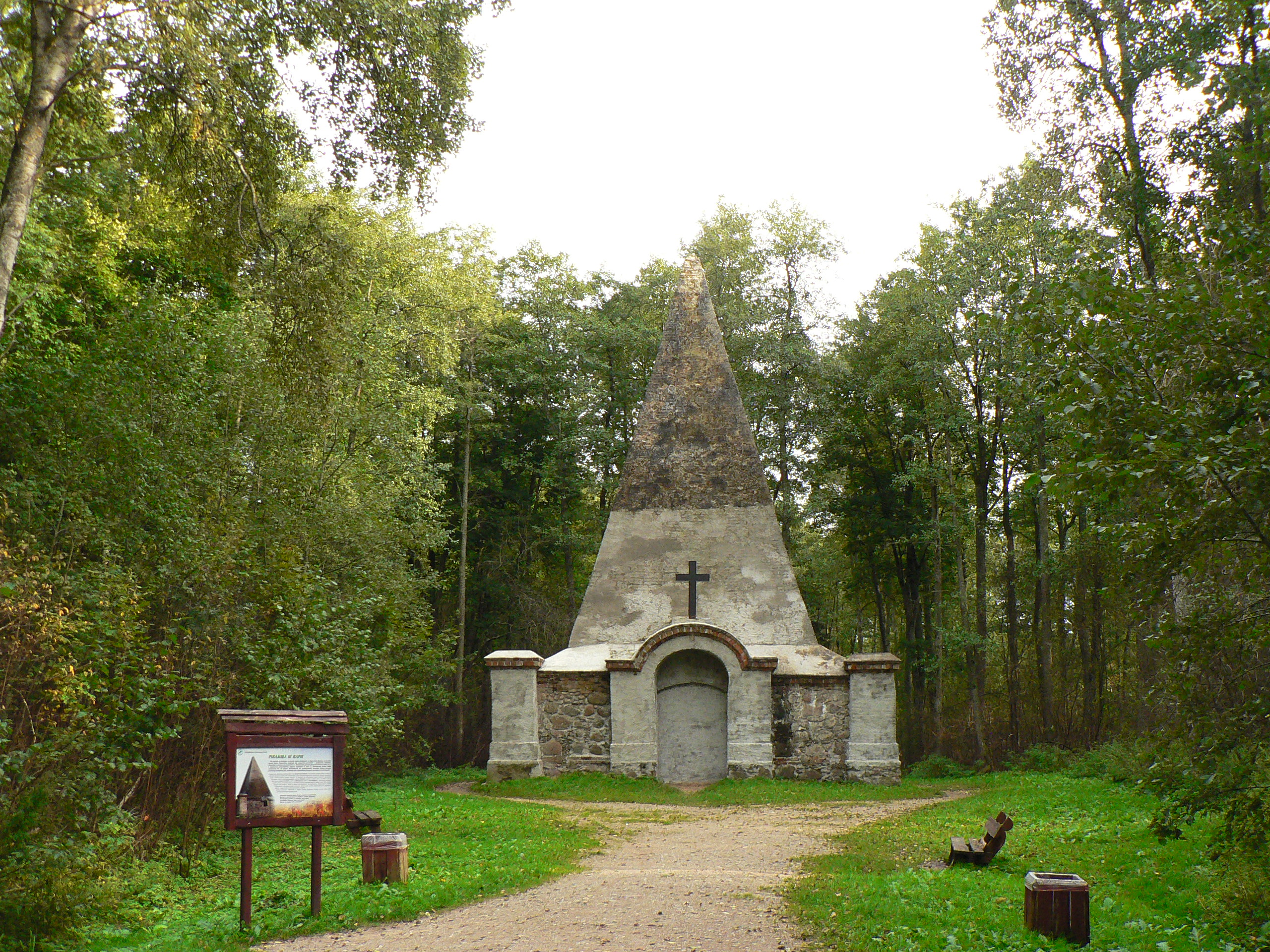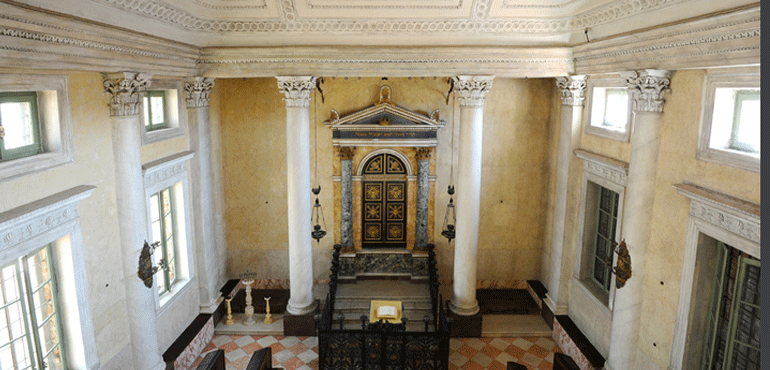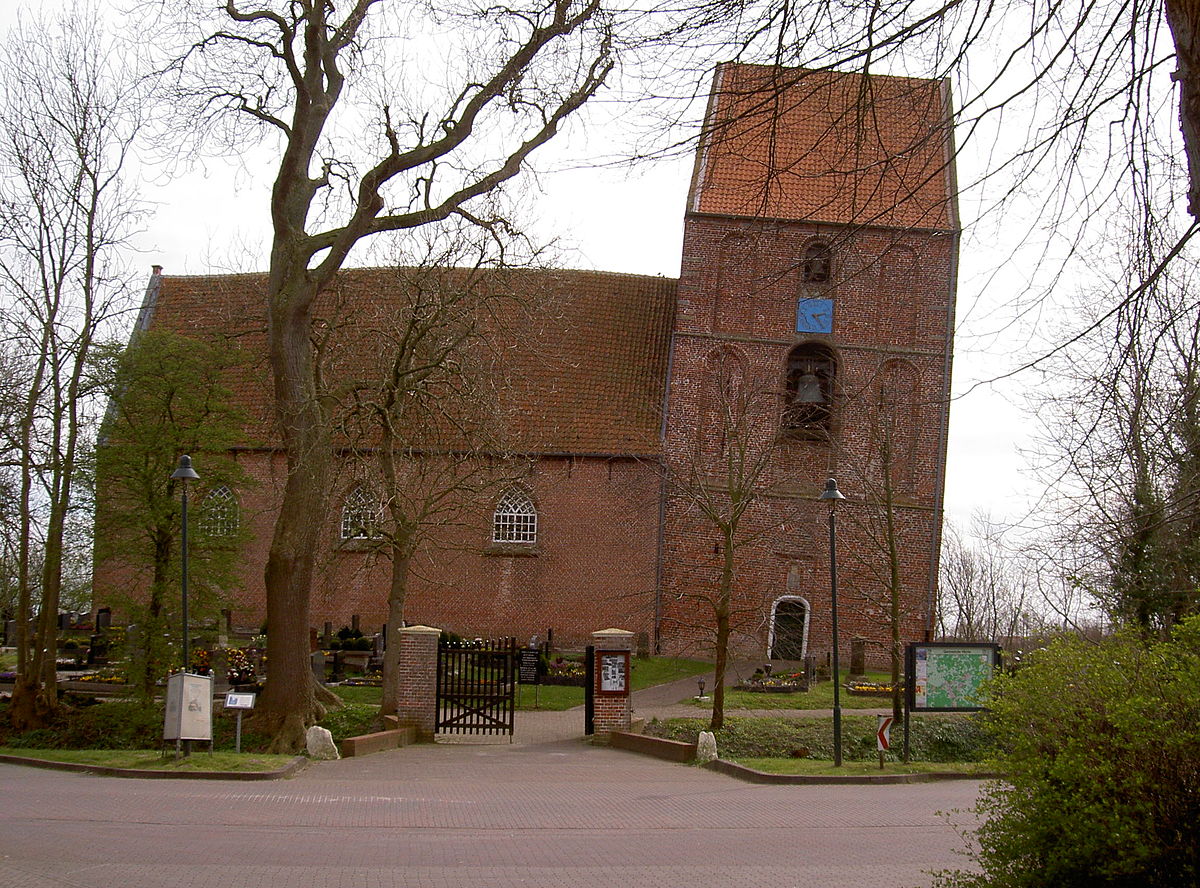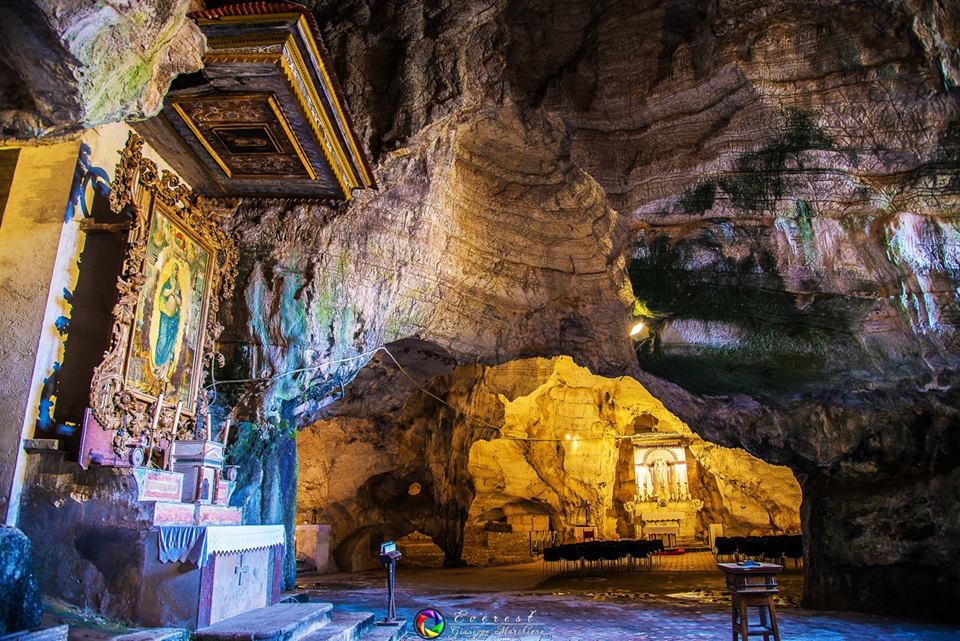The Holy Trinity Cathedral Church, often referred to as Sialkot Cathedral, is a significant Anglican cathedral nestled in the cantonment area of Sialkot, Pakistan. Prominently located on The Mall, also known as Quaid-i-Azam Road, this cathedral holds a venerable place in the religious and cultural heritage of the region.
The cornerstone of this historic cathedral was laid on March 1, 1852, marking the beginning of a landmark that would become a spiritual foundation for many. It was consecrated on January 30, 1857, by the Rt. Rev Daniel Wilson, the Bishop of Calcutta, reflecting its importance within the Anglican community at a time when Sialkot was part of the Diocese of Calcutta.
Today, the Holy Trinity Cathedral Church is part of the Church of Pakistan, Diocese of Sialkot, following the unification of Anglican, Methodist, Presbyterian, and Lutheran denominations in Pakistan in 1970. This union formed the Church of Pakistan, making the cathedral not only a symbol of Anglican heritage but also a beacon of ecumenical unity.
The cathedral itself is an architectural marvel, embodying the Gothic style typical of many Anglican churches with its pointed arches and intricate stonework. It serves not only as a place of worship but also as a historical monument, drawing visitors and worshippers alike who are interested in its rich past and vibrant community life. The Holy Trinity Cathedral continues to play a vital role in the spiritual and social life of Sialkot, maintaining its legacy as a central point of faith and fellowship.

